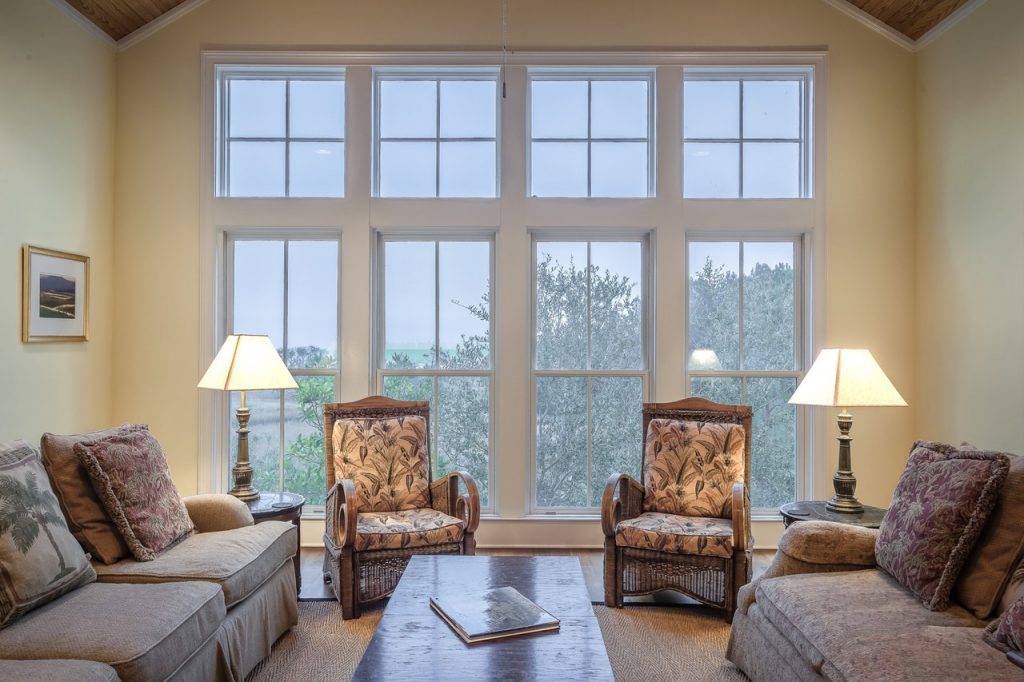MAINTENANCE AND REPAIR OF YOUR UPVC WINDOWS AND DOORS
uPVC windows and doors generally require very little maintenance. This is because they are designed to be highly durable, water/UV-resistant, and easy to clean. However, with time and certain environmental factors (dust and dirt build-up) uPVC windows and doors can look faded/old and may require some rejuvenation/repairs. Below are some helpful tips on how to maintain your uPVC windows and doors.
Avoid direct heat near your uPVC fittings
Like all plastics, uPVC tends to expand when exposed to extreme heat (it can expand up to 2.4cm at 40°c). This is why you must prevent its prolonged exposure to any heat source, as this can cause the uPVC plastic and seals within the window frame to warp, thus making your uPVC windows and even doors become stiff (not opening or closing properly). Ensure to also avoid using a heat gun or positioning a radiator underneath your uPVC windows, as this can cause the window seals to fail, thereby leading to condensation between the glass panes.
Clean your uPVC windows and doors regularly
Try to make a habit of regularly cleaning your uPVC windows and doors. This will ensure that moisture and dust don’t get trapped in the tracks of your windows and the edges of the seal between the glass and the frame. Cleaning uPVC doors and windows only requires warm soapy water, which you can use to wipe down its surface gently. Never use harsh solvents like bleach, cream cleaners, or vinegar as uPVC is very sensitive, and these solvents can damage them. Alternatively, you can opt for using a uPVC cleaner. Many uPVC manufacturers offer recommendations of good uPVC cleaners that you can get.
Don’t slam your uPVC windows and doors
This goes without saying. Repeated impacts can damage the sealed panes that come with uPVC windows and doors. This can also cause them to lose their insulating benefits and damage their locks and hinges. If you notice your uPVC windows and doors have become stiff and difficult to close, do not force it but contact an expert to take a look at them.
Check for drainage
It is not uncommon for you to notice water at the bottom of the frame of your uPVC windows and doors after heavy rainfall. It is important that you have drainage holes installed at the base of the door/window frames so that the water can gradually pass/evaporate.
Don’t forget the locks and hinges
When it comes to the maintenance of uPVC windows and doors, one should not leave out the locks and hinges. Ensure to always clean out your door hinges and make sure that you periodically check the tightness of the fitting screws to be sure that there are no damages.
Take proper care of condensation
If you live in an area with high humidity, condensation is bound to occur. Steam from cooking/showers or drying wet clothing indoors can also contribute to condensation. Ensure that you always wipe away steam/water droplets from your uPVC doors and windows.
uPVC windows and door repair
Although uPVC is highly durable, damages do still occur, and when they do, it is important to get them fixed immediately, as damaged uPVC windows and doors can dampen the appeal of your home. A great way to revitalize your uPVC windows and doors is uPVC spray painters. Companies offer great uPVC spray painters services with a wide range of available colors and a high-quality finish that won’t crack, fade or peel.
Conclusion:
Although uPVC is designed to require very little maintenance, they still need to be kept clean and free from dirt/debris build-up in order to maintain their freshness. Damaged or worn-out uPVC doors should also be fixed immediately.




